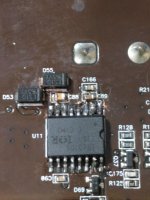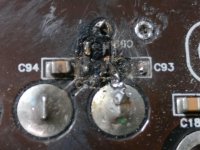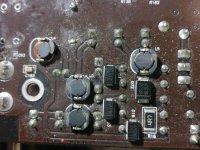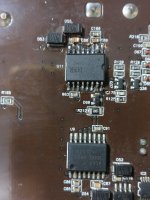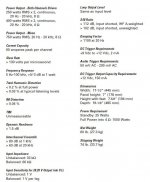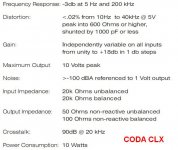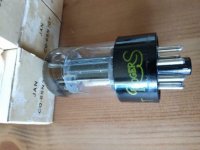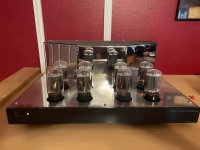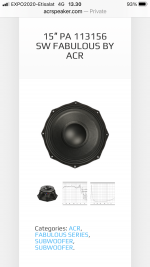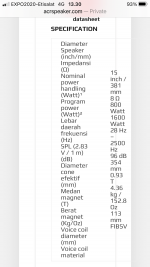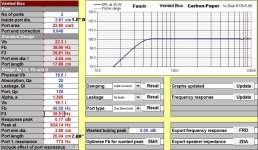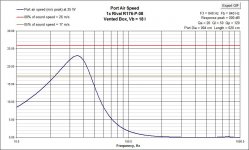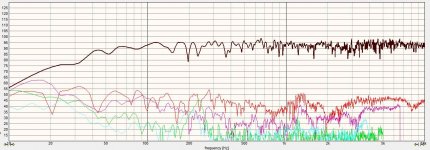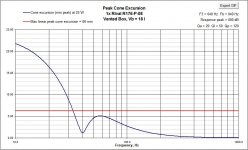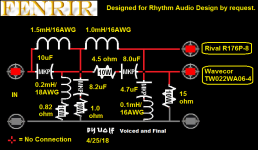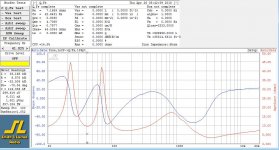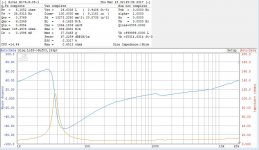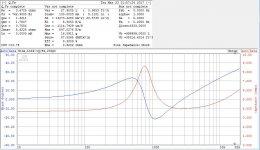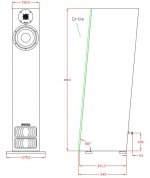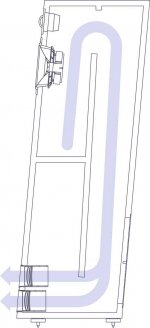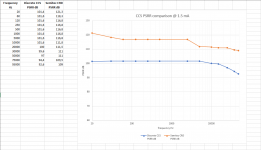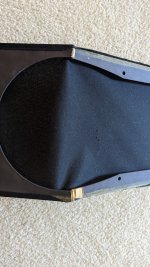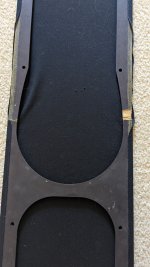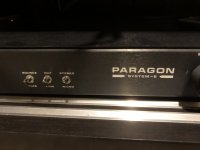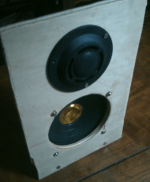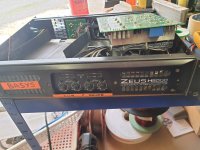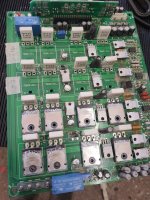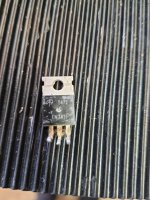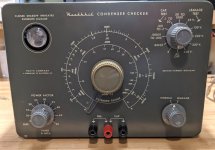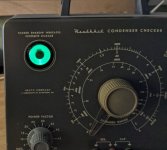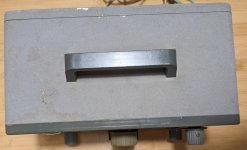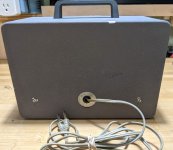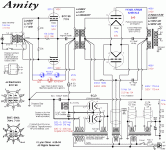I've been wanting to build this amp that John Stewart shared with me a while back, and finally found (what I hope) are going to be some good output transformers. Antek has these
MP-15W50 15W Output Transformer that are close to fitting the bill, and won't break the bank. If the amp serves me well, of course, I can buy more expensive iron later if I feel I need it.
The design calls for a 4300K 43% UL tapped transformer to provide bootstrapping to the drivers to help overcome the trouble of massive drive signal needed by very low mu 6080 or 6AS7. There is also a way to do this without a UL transformer by adding a couple of extra resistors, which I have procured, but I'd like to do this with the UL transformer to save on the AC losses of using the resistors to provide bootstrapping. I'll post the schematic in a bit, it's something that jhstewart9 published in glass audio many years ago, and has graciously shared here too.
Because I'm a little bit cheap, and a whole lot curious, I also want to get a set of 50VA power toroids from antek to try as output transformers, as some have had success with power toroids as output transformers. Using two transformers, and putting all of the primaries in series will give 480V CT, with two 50% taps for UL/bootstrapping. The plan at the moment is to use transformers with two primaries and two secondaries to get somewhere around 4-6K into 4 ohms. I'm going with 4 ohms on the outputs, since the current speakers I'm using the most are nominal 4 ohms, and It's easier to add some windings to a toroid to get an 8 ohm tap, than it is to tear apart the insulation and remove windings. User kodabmx has reported having good luck using one primary from each transformer in series on each half of the center tap, in order to cross couple them, and reduce interwinding capacitance problems. I'm doing the maths as follows. Please correct me if I'm wrong!
Using the 115V/6V transformer AS-0506, they have a data sheet that shows the unloaded secondary voltage as 6.3V with 120V in. From there I calculate a turns ratio of about 38:1 (using 480V into 12V.6V), or impedance of 5800:4. This gives better distortion figures for most of the range, and may still net me close to the 12.5W out of clean power that John says he got from using a single 6080 with the hammond Iron. Using the 7V transformer I get about 4400:4
a pair of AN-0206 is even less expensive at $12, and two of those together weigh in about the same as the purpose wound 15W output transformer antek makes. The downside is the primaries are only good for about 100mA DC, so I may be on the verge of pushing them a little too hard. Only one way to find out!
The "upgrade" circuit uses two 6080 in parallel, which seems wise, IMHO not just for the extra headroom, but also since it will likely be easier to find two semi-matched tubes, when the two halves are paralleled. I've not tried checking any of these tubes in my pile to see if they are matched close enough or not, but others report that it is not too promising. Using AS-0509, I get 480 into 18.8 for the unloaded voltage and a turns ratio of 25.53:1, and impedance ratio of about 2610:4, which ought to be close enough for triodes
🙂 AS-1209 is the 100VA version, if this one proves to be inadequate.
Target operating point of the design is 250V with 50ma of plate current, or 250v with 100mA for the version with parallel tubes. I have three regulated supplies to run this from for construction and experimentation, and will worry about building the power supply once I've got working circuits. I've got some ideas about lowering the plate voltage a touch to help reduce distortion at the expense of output power. 210V at 60mA with 10W looks a little nicer, but I'll have to build to know! The load line simulator/calculator can only tell me so much without real world trials. The only issue is whether the output transformers will get unhappy with the extra bias current.

